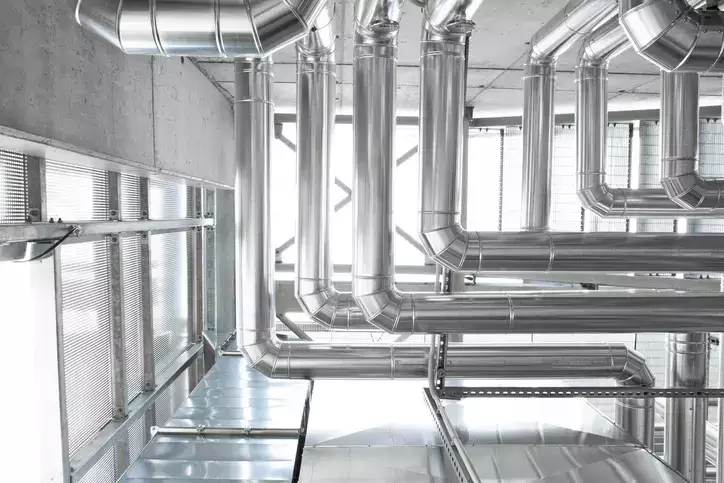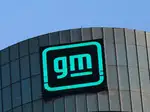Ahead of Maha, Delhi polls, Centre & city gas cos spar over CNG prices

Govt reduced legacy gas allocation for the city gas sector by 21% in Oct and 20% in Nov following a natural decline in production from old fields. This is pinching margins of companies such as Delhi-NCR's IGL, Mumbai's MGL and Adani Total Gas, which operates in Gujarat and other markets, as they are making up the shortfall with costlier gas from new fields or imported LNG (liquefied natural gas).
Technically, govt doesn't control CNG or PNG prices. But, an upward revision in CNG prices, which impacts auto, taxi, bus and transport operators, at this point is politically untenable for Centre in view of assembly polls in Maharashtra and Delhi that are served by MGL and IGL, which are promoted by govt-run oil firm.
People in the know told TOI a senior ministry official checkmated operators at a recent interaction by asking the executives to prove claims of loss by sharing their cost break-up, which they declined. This prompted the official to hit back, saying, "How is it IGL posts a net profit of Rs 1,748 crore on a revenue of close to Rs 16,000 crore in 2023-24. That is a margin of 11%. MGL had a profit of about Rs 1,300 crore on a revenue of Rs 7,000 crore. Contrast this with Indian Oil Corporation, also a retailer. It posted its best-ever profit of Rs 39,617 crore on a revenue of Rs 8.7 lakh crore, implying a margin of 4.5%."
The official said they should be able to absorb the small increase in operating costs from their "hefty" margins. "There cannot be a situation where you insist on getting low-cost input but refuse to reveal the buildup to the final product price," sources quoted another official as saying.

